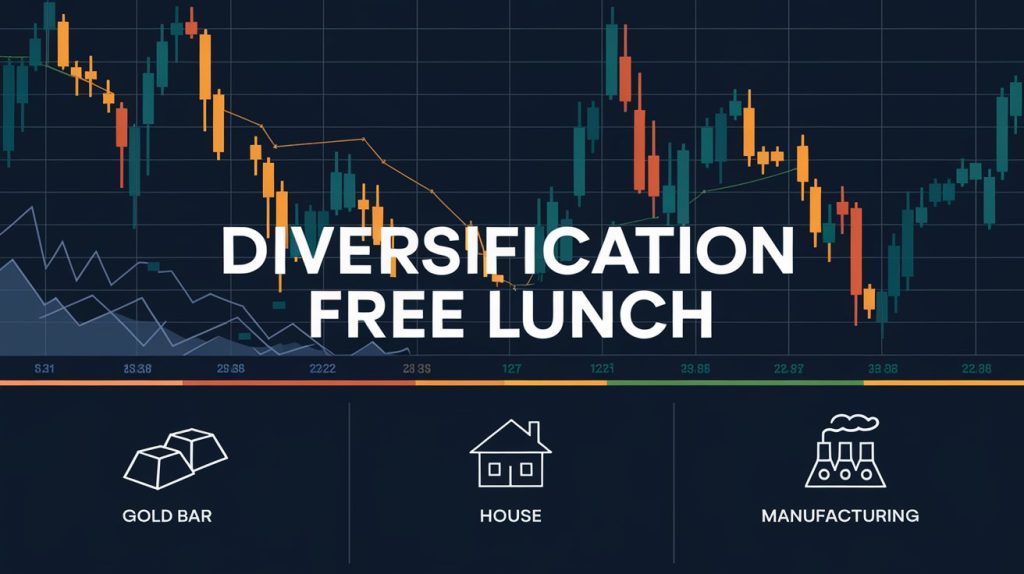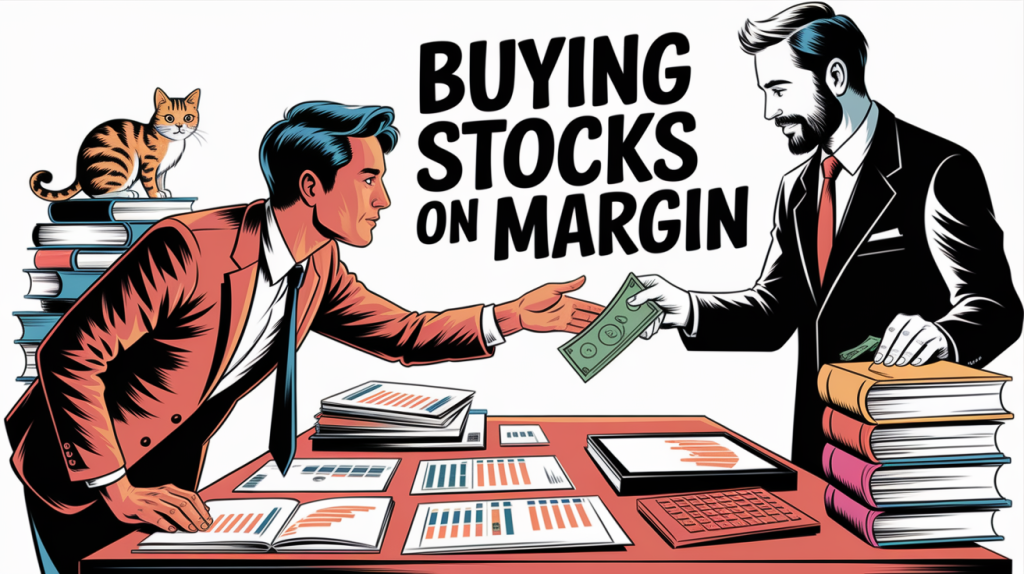
I have a new stock candidate to add to my small cap value portfolio (which is part of the Premium membership at my newsletter on Substack). This poses a dilemma. My portfolio is allocated based on Kelly Fractions. This is the Kelly Criterion adjusted for a multi-asset portfolio. The allocation takes the correlations and covariances between different holdings into account. However, it does not account for event driven stocks where past standard deviation and asset correlations have very little to do with the future value realization. So if I want to include this stock in the portfolio, how do I go about doing this?
Many of us would consider this question as unnecessary nit-picking. if the stock is a buy, then buy it. If not, then don’t. However as I have discussed earlier, what separates a successful investor from merely a good investor is what you focus on. Portfolio allocation by far is the most important contributor to your risk-adjusted returns. Phenomenal stock picks come second.
So I do obsess over these things and figure out a strategy that is both meaningful and practical.
What are Event Driven Stocks?
As value investors, our investment thesis always boils down to – is the stock undervalued today compared to its fair price?
The question we spend most of our time answering is: What is the fair value of the stock? We can very easily reference the current price, and if we have a way of estimating the fair value of the stock, then it will be quite easy to determine if the stock is undervalued or not.
The second question that we want answered is “will the stock ever reach its fair value and when?”. This is a hard question to answer. In most cases, we need to have faith that the market will eventually realize its mistake and correct the price. We don’t know when this will happen, nor we know how this will happen.
Event driven stocks typically have the second question answered. Something has been announced or it is in works that will unlock the value in the stock. This can come in many different forms:
- A large special dividend, in rare cases in amounts larger than the current stock price, if the stock price is very undervalued
- Initiation of a stock buyback
- Announcement of a merger or acquisition of the company
- Going private
- Change in regulations favoring or disfavoring the company
- A spinoff
- Joining or leaving a large index
- etc
These are all catalysts that either bring sudden interest to the stock, or it reprices the share price based on an offer made by a knowledgeable buyer.
In cases where a knowledgeable buyer has stepped in and made a binding offer, the market price discovery stops since there is a tangible offer in the market. This stock is no longer correlated with any other aspect of the market – the only thing that matters is the probability of the transaction going through to completion. It is similar if there is a well defined catalyst in the future.
Correlations No Longer Matter
So I just wrote about this stock that has an activist investor involved. This investor has placed a price target that the stock can reach based on peer multiples, if the company undergoes certain operational improvements and starts rewarding shareholders more with increased dividends and buybacks.
The chances of the stock reaching this price target is high, and is not correlated to anything else in the market. The activist investor is pushing for sale of the company as the last resort. It appears to me that their valuation is on the point. So how do we calculate the allocation to this stock?
Since the outcome of this investment has no correlation with the market or the rest of our portfolio, the normal multi-asset Kelly fraction calculation is not relevant.
But we still need to know how much to allocate to this stock. And I do not want to introduce irrelevant correlation data of this stock with other stocks in the portfolio since the history of this stock has no bearing on the future of this stock – the future has been decided with more than even odds of stock price rising to the fair value, and probably sooner rather than later.
I have Decided to Handle This Situation in the Following Way
There may be other possible ways, but those will make things more complex, and in this business complexity is a handicap, not an asset. If you cannot explain what you are doing in 1 or 2 pithy sentences, you will probably lose money.
I have decided to treat this stock as a single bet, and figure out the Kelly bet for this. Very likely, it will turn out to be a large percent of the portfolio and that will not be conducive to the soundness of my sleep. So I just choose a max % I will allocated to stocks of this type – in my case 10% of the portfolio.
The remaining 90% of the portfolio I do normal Kelly fraction calculations for the remaining positions.
So for example, I have 5 stocks in my portfolio worth $100, and I want to add the 6th stock that is an event driven stock, I will allocate 10% to the new stock, and then allocate the remainder of 90% of the balance into the other 5 stocks based on the Kelly fractions model.
This would still require me to sell some stocks to make cash so I can buy 10% of this new stock. If I do this now, and then find another investment opportunity like this, then I will need to sell some more to make cash for the new opportunity. You can see how this can become cumbersome over time.
To help with this, I have decided to reserve a portion of the portfolio for event-driven ideas. To start with this can be 25%-30%. This will let me invest in 2-3 names at once. During times when I don’t have these many qualifying investments, there may be some uninvested cash here. I may also adjust the percentages over time – raise it when a lot of these opportunities are available, and reduce it when there is a shortage.
Your turn …
How do you handle your portfolio allocations? Do you differentiate between regular value investments vs even driven or arbitrage opportunities? Let me know in the comments below.
Photo by Charles Forerunner on Unsplash

Shailesh Kumar, MBA is the founder of Astute Investor’s Calculus, where he shares high-conviction small-cap value ideas, stock reports, and investing strategies.
His work has been featured in the New York Times and profiled on Wikipedia. He previously ran Value Stock Guide, one of the earliest value investing platforms online.
Subscribe to the Inner Circle to access premium stock reports and strategy insights.
Featured in:








